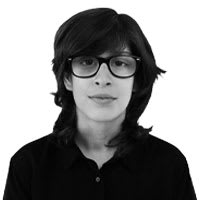Books
All photographs are copyright Fred Baldwin from the book Dear Mr. Picasso: An Illustrated Love Affair with Freedom published by Schilt Publishing
Fotofest Co-Founder Fred Baldwin Reveals His Extraordinary Career Was Inspired by Encounter With Picasso
Fearless

